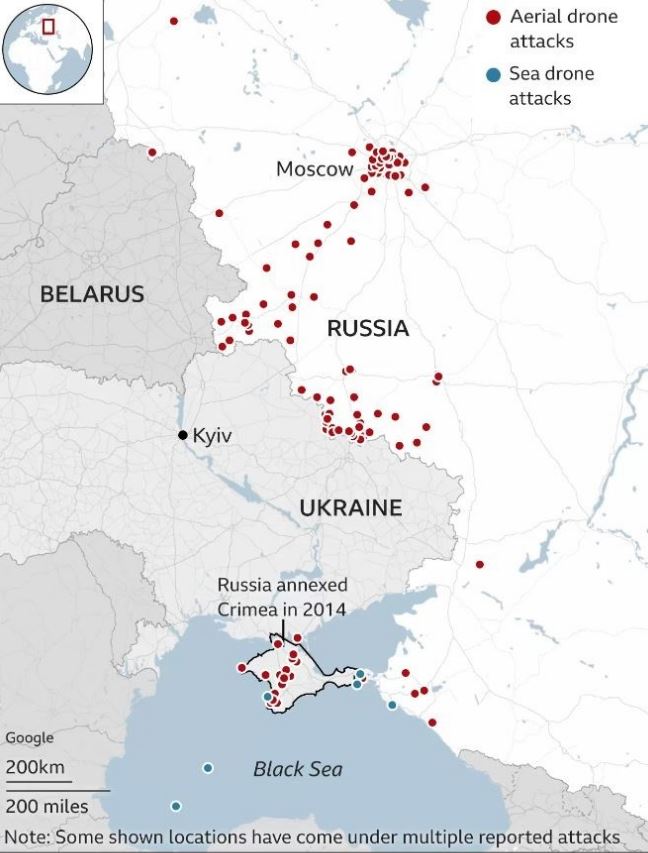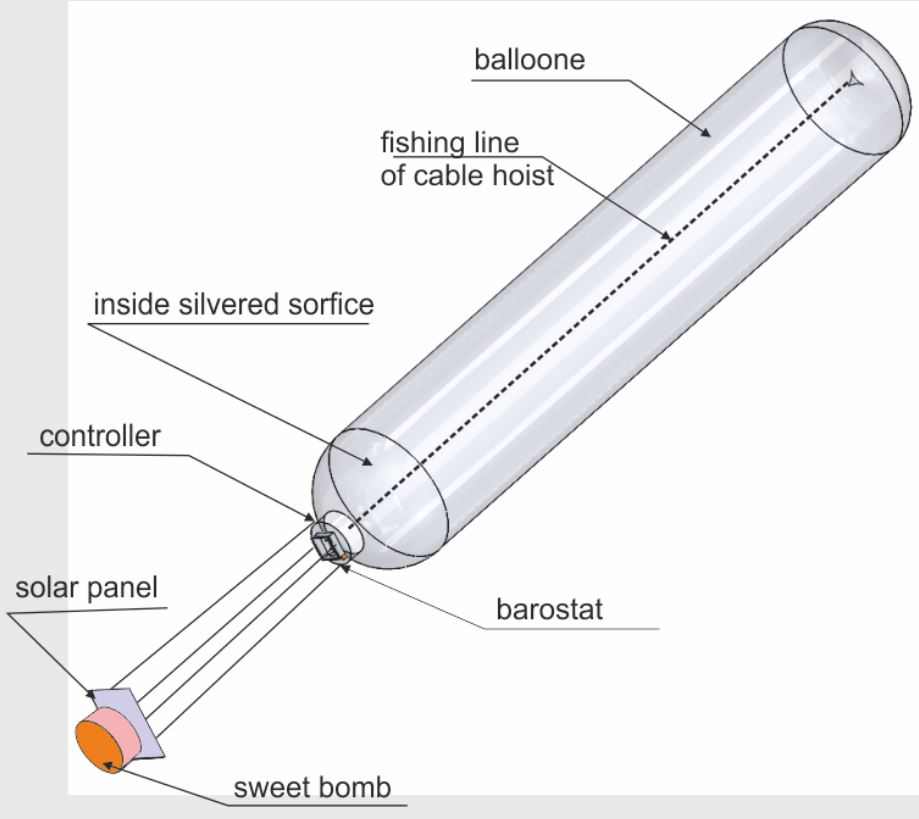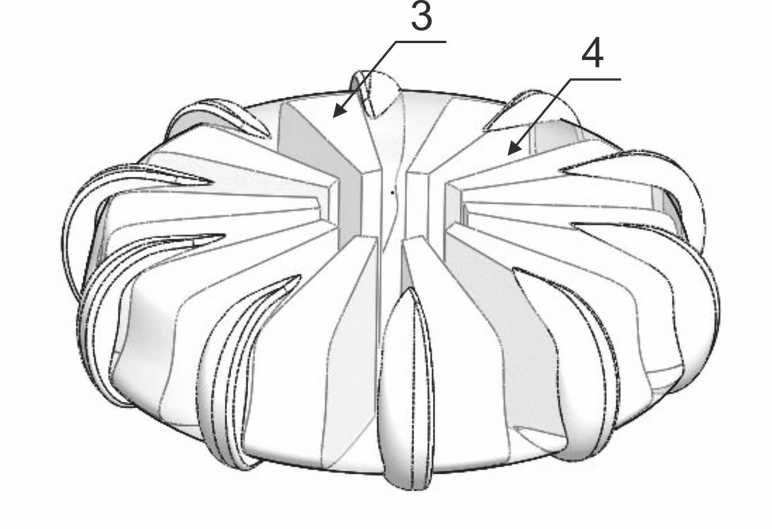







|
|
||
(C_Zelensky) ... "If there is no air defense to protect our energy system, and the Russians are attacking it, my question is: why can"t we answer them? - Zelensky added. "Their society must learn to live without gasoline, without diesel, without electricity. It's fair". | ||








|